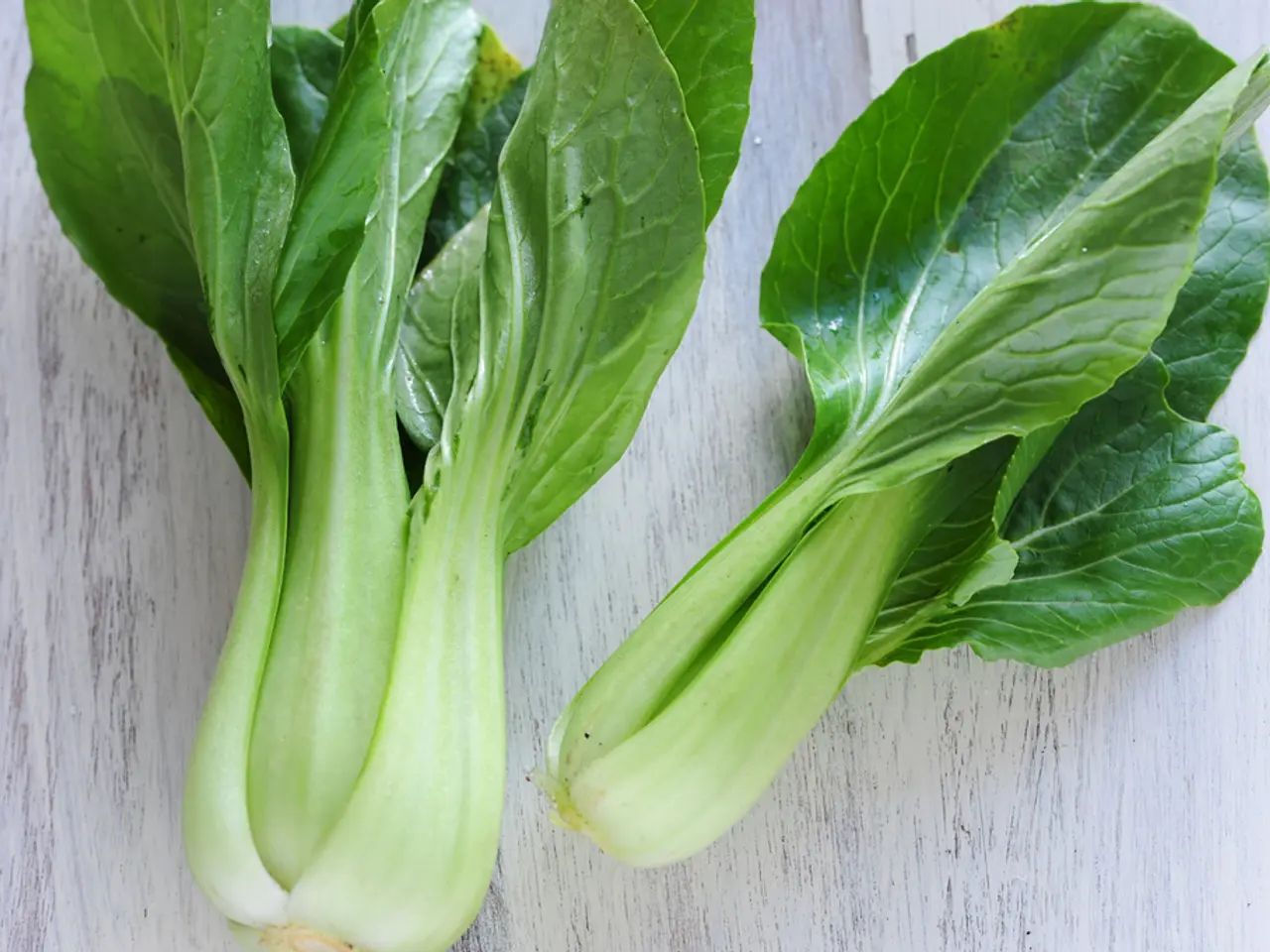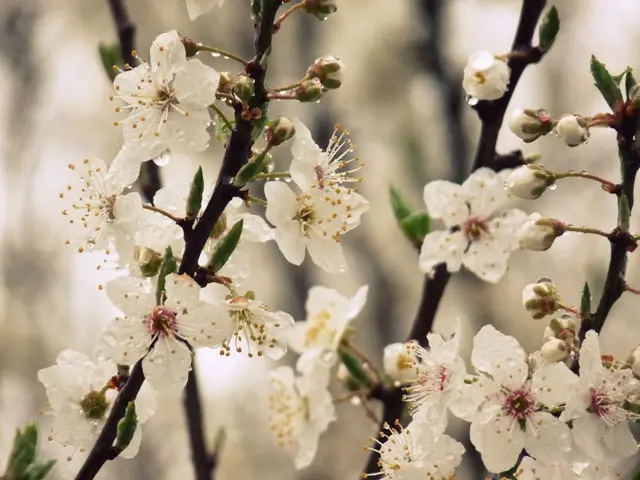Dining Honor for PM Modi: Sohari Leaf, a Traditional Herb, Served at Trinidad & Tobago Visit; Explore Its Indian Roots and Cultural Importance
In the vibrant and diverse landscape of Trinidad and Tobago, a unique tradition has been preserved and cherished for generations: the use of the Sohari leaf during religious ceremonies, weddings, and festivals. This large, broad leaf, native to tropical regions of the Caribbean, Central, and South America, carries deep historical and cultural significance for the Indian-origin community, particularly those with roots in the Bhojpuri-speaking regions of India such as Bihar and Uttar Pradesh.
The term "Sohari" originates from the Bhojpuri language and translates to "food for the gods." Historically, it referred to a ghee-coated flatbread (roti) offered during Hindu religious rituals. Over time, the large leaf used to serve this food also adopted the name Sohari leaf.
The Sohari leaf, derived from the Calathea lutea plant, has become a key element in Indo-Caribbean dining traditions. It symbolises purity, respect, and continuity of ancestral customs. This tradition dates back over a century among Indo-Trinidadian Hindus, connecting present generations with their ancestors who migrated from India, preserving their Bhojpuri cultural heritage.
In Trinidad and Tobago, the Sohari leaf is not just a functional plate but a meaningful cultural expression. It is emblematic of religious devotion, social respect, and environmental consciousness. It is particularly prevalent during Hindu pujas and community feasts, reinforcing communal identity and spiritual values.
Serving food on the Sohari leaf is a symbol of honoring tradition, carrying emotional resonance as "food for the gods," and demonstrating hospitality and reverence during important gatherings. Beyond symbolism, the Sohari leaf is eco-friendly, biodegradable, and naturally sturdy enough to hold hot, oily, or spicy foods without leaking. This practical quality aligns with traditional values of respect for the earth and sustainable living, contrasting with modern disposable plates.
The tradition also emphasises health benefits, as eating hot food on these leaves is believed to aid digestion and provide antioxidant properties. Many believe that food served on natural leaves like Sohari not only retains its aroma but also absorbs subtle, beneficial compounds from the leaf’s surface, aiding digestion and enhancing taste and nutritional value.
Recently, the Sohari leaf made headlines when Prime Minister Narendra Modi attended a traditional dinner during his state visit to Trinidad and Tobago, where food was served on a Sohari leaf. This was a powerful cultural moment that reflected the history of Indian migration and the deep-rooted connections between India and Trinidad & Tobago.
In summary, the Sohari leaf embodies a powerful blend of historical continuity, cultural identity, religious significance, and environmental mindfulness for the Indian diaspora in Trinidad and Tobago. It remains a cherished symbol linking generations, honoring ancestral Bhojpuri roots, and celebrating the rich Indo-Caribbean heritage through an age-old tradition of serving "food for the gods."
- The Sohari leaf, prevalent in Indo-Caribbean cuisine, symbolizes respect, purity, and continuity of ancestral customs, making it a crucial element in the home-and-garden and food-and-drink segments of a sustainable-living lifestyle.
- The tradition of serving food on the Sohari leaf extends beyond cultural expression, demonstrating a commitment to eco-friendliness and sustainable living, particularly in contrast with modern disposable plates.
- Trinidad and Tobago's rich cultural travel landscape is further enriched by the educational experience of visiting sites that delve into the historical significance and ongoing practice of using the Sohari leaf, emblematic of the unique fusion of Indian and Caribbean traditions.




